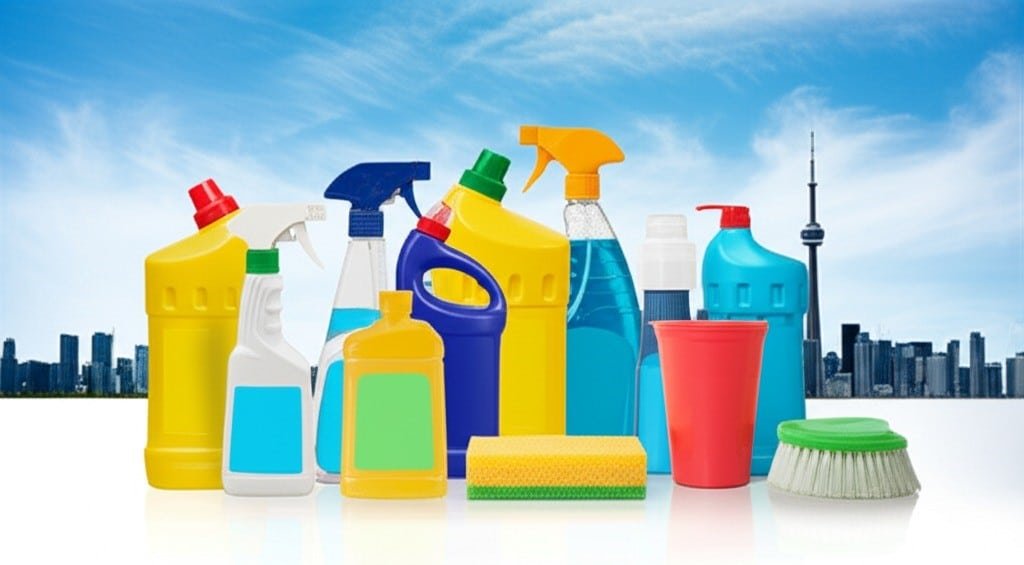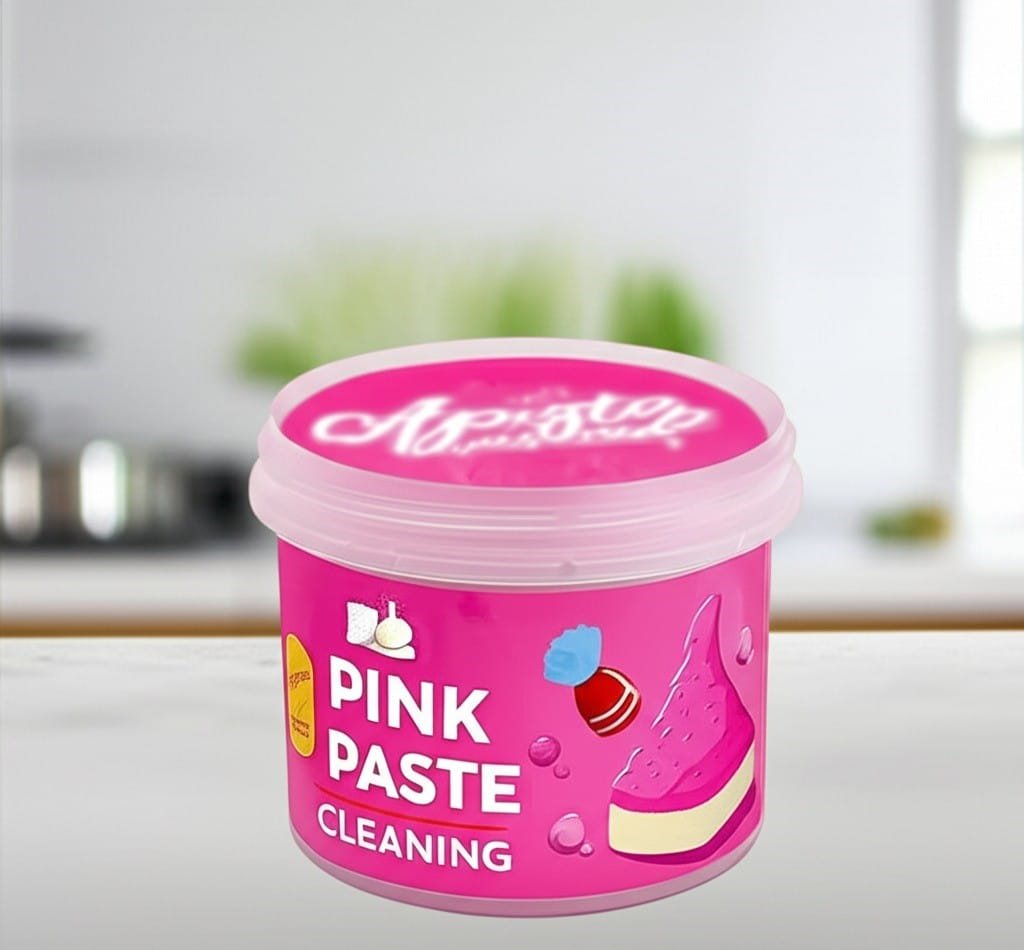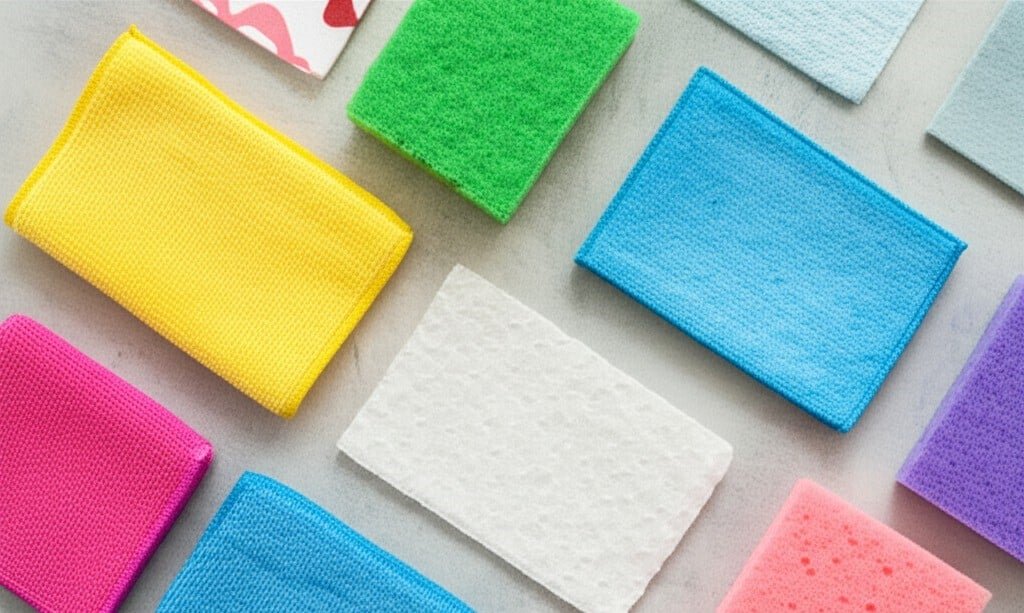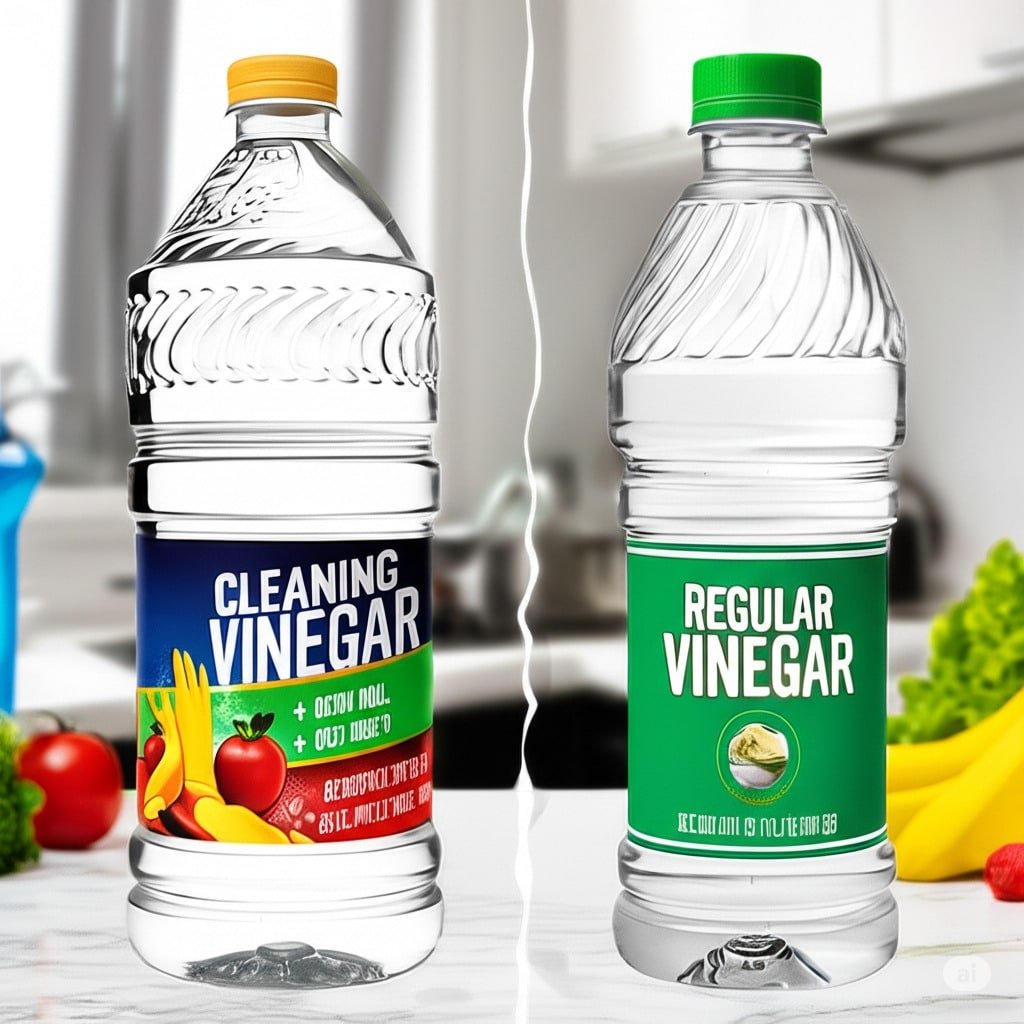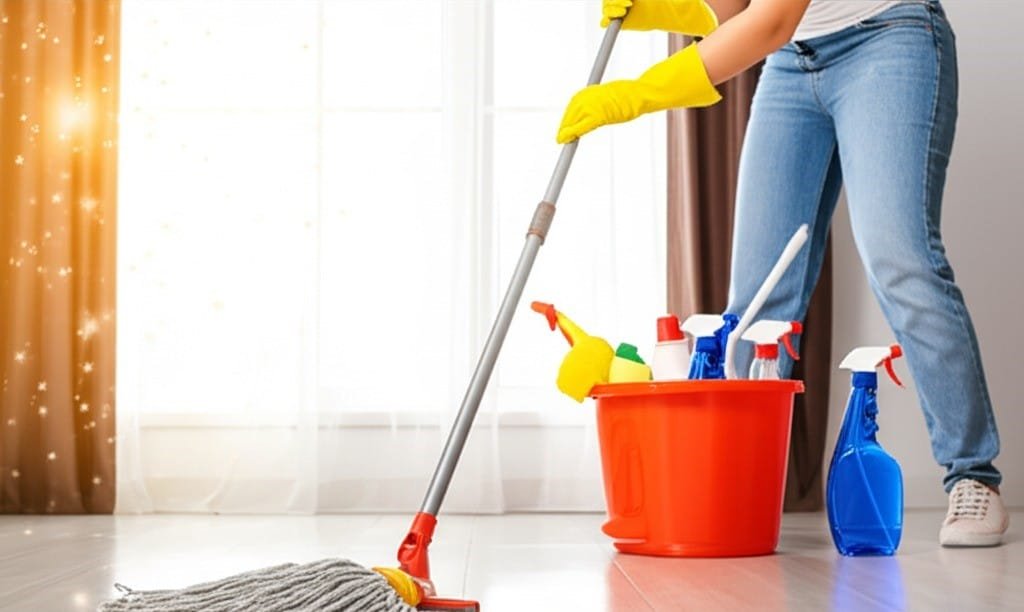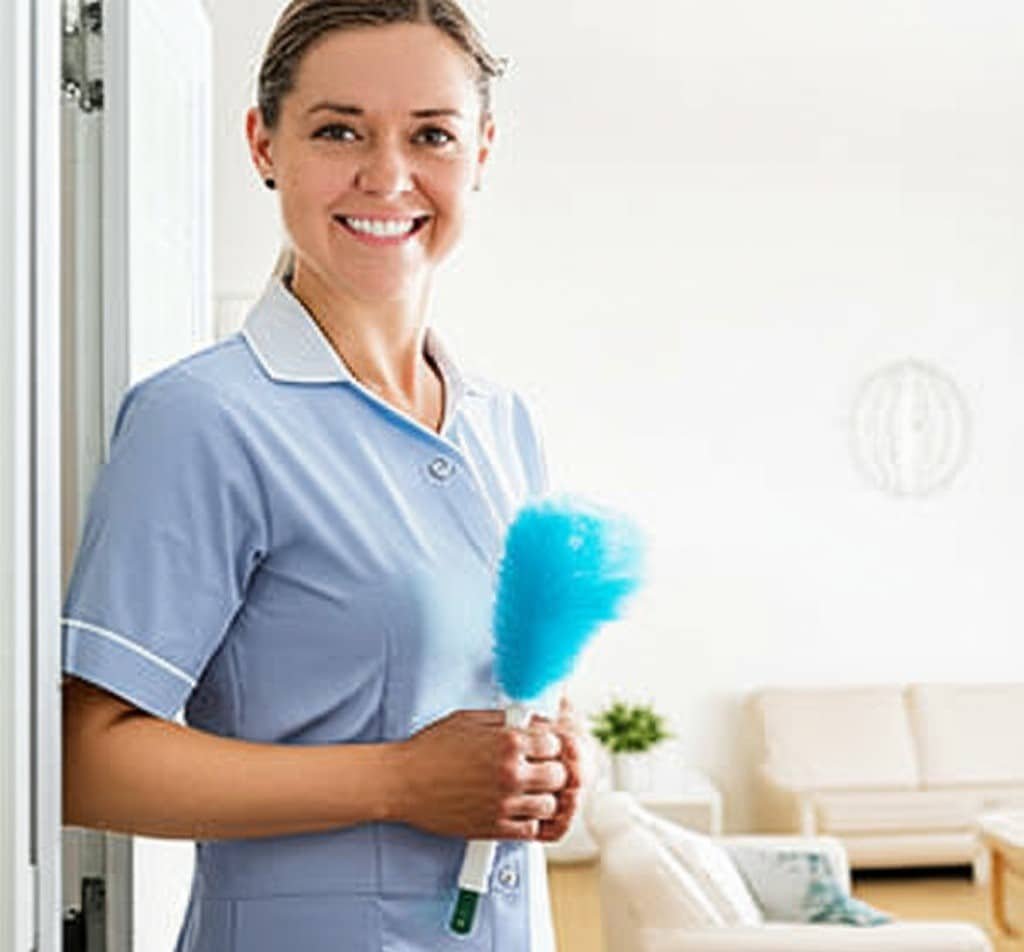Edmonton Move-Out Cleaning: Common Mistakes to Avoid
Move-out cleaning services in Edmonton offer a few options because we’re made for this job. The process of moving is a study in controlled chaos. Boxes stack up like a makeshift fortress, furniture is wrapped and disassembled, and every day is a countdown to a new beginning. Amid this whirlwind of logistics and forward-thinking, there is one critical task that looks backward: the move-out clean. This is not your average weekly tidying. It is a forensic-level deep clean, a final act of stewardship for a space you once called home, and often, the single most important factor in retrieving your full security deposit from your Edmonton landlord. 1.Contract The rental agreement, a document often signed with optimism and filed away, becomes paramount at this stage. Clauses detailing the condition the property must be left in are no longer fine print; they are a direct checklist for your departure. The term “broom-swept condition” is a common but dangerously misleading phrase. To a tenant, it might mean a quick pass with a vacuum and a wipe of the counters. To a property manager or landlord preparing to show the unit to prospective new tenants, it means something entirely different. It means a property that is not just empty, but immaculate. It means a space that looks and feels as close as possible to the way it did the day you moved in. The gap between these two interpretations is where security deposits are lost. Every move-out clean begins with the understanding that you are cleaning for someone else’s inspection. You must adopt the critical eye of a landlord who is financially motivated to find fault. This means looking beyond the obvious surfaces and delving into the areas that accumulate grime over months and years of habitation. It is a top-to-bottom, inside-and-out operation that requires time, physical effort, and a specific set of tools and cleaning agents. 2.Removing Dust Let’s begin with the general spaces, living rooms, bedrooms, hallways, and entryways. The work starts high and ends low. Ceiling corners must be cleared of cobwebs. Light fixtures and ceiling fans, often magnets for dust, need to be carefully wiped down. Walls themselves are a primary focus. They bear the subtle marks of life: scuffs from furniture, fingerprints around light switches, and faint smudges that are only visible in certain light. A gentle but thorough washing of walls, doors, and doorframes is not optional; it’s essential. Light switch plates and outlet covers need to be wiped clean. Baseboards are another critical checkpoint. They trace the perimeter of every room and collect a surprising amount of dust, scuffs, and dirt. Cleaning them properly means getting on your hands and knees and wiping down every inch. It is tedious but non-negotiable. Windows must be cleaned inside and out, where accessible, but the detail work is in the sills and tracks. These channels collect dust, dirt, and dead insects, and cleaning them out with a brush and vacuum attachment is a sign of a truly thorough job. 3.Steam Cleaning Closets cannot be forgotten. They must be completely emptied, and all shelving, rods, and walls wiped down. The floor should be vacuumed and mopped, leaving no trace of previous storage. At the end, all hard flooring needs to be meticulously vacuumed and mopped, paying special attention to the edges and corners where dust bunnies congregate. If the unit has carpets, a professional steam cleaning is often stipulated in the lease agreement or, at the very least, expected. A standard household vacuum cannot remove the deep-set dirt, allergens, and odors that a year or more of foot traffic leaves behind. The kitchen is the heart of the home, and consequently, the heart of the move-out cleaning challenge. It is a zone of grease, food splatters, and built-up grime that requires significant effort to restore. Every single cabinet and drawer must be emptied, then cleaned from the inside out. This includes wiping down the interior shelves and surfaces, the drawer bottoms, and the exterior faces of the cabinetry, including the handles. Pay special attention to the areas above and around the stove, where aerosolized grease settles and becomes a sticky, dust-attracting film. 4.Electronics The appliances are the main event. The refrigerator must be completely emptied and cleaned. This means removing all shelves and drawers and washing them separately in warm, soapy water. The interior walls of the fridge and freezer must be scrubbed to remove any spills or stains. The exterior needs to be wiped down, including the top, and if possible, the unit should be carefully pulled away from the wall. The space behind and underneath the refrigerator is a forgotten landscape of dust, crumbs, and lost items that must be thoroughly cleaned. The coils on the back should be vacuumed to improve efficiency for the next tenant. The oven is often the most dreaded task. A simple wipe-down is insufficient. Years of baked-on grease and carbonized food require a powerful oven cleaner and a great deal of scrubbing. The oven racks must be removed and soaked, the interior walls scraped and scrubbed, and the glass on the door cleaned until it is transparent. The stovetop requires similar dedication. Burners must be cleaned, drip pans scrubbed or replaced, and the entire surface degreased. The range hood above the stove is equally important; its surface must be degreased, and its filter removed and thoroughly cleaned or replaced as per the manufacturer’s instructions. The dishwasher, too, needs a final clean. The interior should be wiped down, the filter at the bottom cleared of any food debris, and a cleaning cycle run with a dishwasher-specific cleaner to remove soap scum and hard water deposits. Finally, the sink, faucet, countertops, and backsplash must be scrubbed, disinfected, and polished until they shine. 5.Greasy The bathroom presents its own unique set of challenges, primarily involving soap scum, hard water stains, and sanitation. The toilet is the first priority and must be cleaned and disinfected from top to bottom. This includes the tank, the exterior
Edmonton Move-Out Cleaning: Common Mistakes to Avoid Read More »
